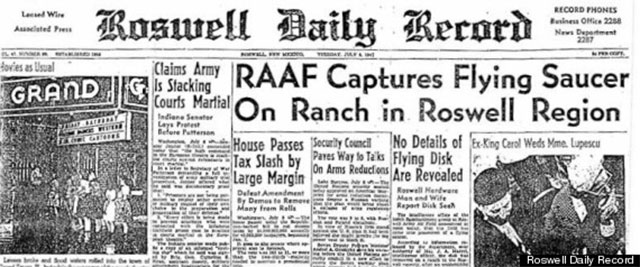
The Roswell UFO Incident
- By
- December 9, 2014
- October 14, 2021
- 29 min read
- Expert Opinion
- 1
- Posted in
- UFOs, Cover-Ups
In the summer of 1947, either late June or the first week of July, a New Mexico ranch foreman named Mac Brazel reported finding strange debris in an open field near the town of Roswell. An intriguing narrative developed rapidly: The material may be from a crashed alien craft, called a “flying disk” or “flying saucer,” now known as a UFO. The U.S. government soon claimed it was a downed high-level weather balloon and dismissed the alien crash story. Over the years, the events have become known as “The Roswell UFO Incident,” or simply “Roswell.”

The official news story from the Roswell Daily Record
In the 1970s, interest revived in the Roswell story. Did an alien spacecraft really crash in the New Mexico des...
Fact Checking/Disclaimer
The stories, accounts, and discussions in this article may go against currently accepted science and common beliefs. The details included in the article are based on the reports, accounts and documentation available as provided by witnesses and publications - sources/references are published above.
We do not aim to prove nor disprove any of the theories, cases, or reports. You should read this article with an open mind and come to a conclusion yourself. Our motto always is, "you make up your own mind". Read more about how we fact-check content here.
Copyright & Republishing Policy
The entire article and the contents within are published by, wholly-owned and copyright of UFO Insight. The author does not own the rights to this content.
You may republish short quotes from this article with a reference back to the original UFO Insight article here as the source. You may not republish the article in its entirety.
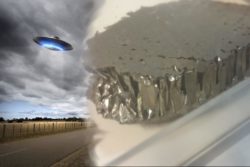
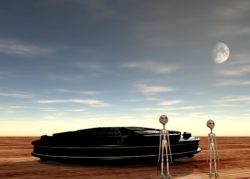
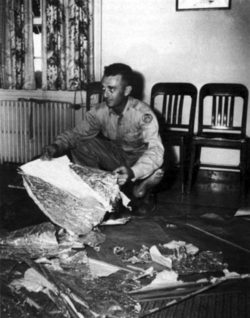
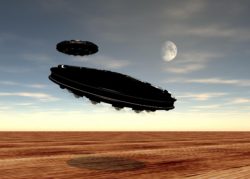
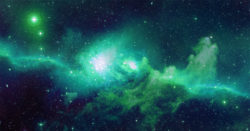
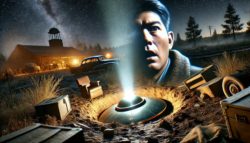
1 Comment
UFO Insight does not take responsibility for the content of the comments below. We take care of filtering profanity as much as we can. The opinions and discussion in the comments below are not the views of UFO Insight, they are the views of the individual posting the comment.
Newest comments appear first, oldest at the bottom. Post a new comment!
Editor:
Fifty years ago, I was a Radio Intercept Analyst in the USAF Security Service. a ‘Sherlock’ with full access to Top Secret DINAR–A worldwide surveillance network.
My specialty was the Soviet Union.
In the Cold War of electronic intelligence-gathering, US surveillance missions got ‘cover stories’ –‘weather reconnaissance’, ‘navigational training’ or ‘mapping reconnaissance’.
Over the years, fifty Americans were killed, shot down by Russian MiGs.
Their loved ones got ‘cover stories.’
Radar tests had begun in 1947 for the grandest, most spectacular ‘black op’ ever conceived.
When an unforeseen ‘incident’ threatened to compromise the operation, America and the world got a ‘cover story’.
At the height of the Cold War, the most successful intelligence-gathering mission in history exposed the Soviet air defense system and history never found out.
Why not?
That 1947 ‘cover story’ had taken on a life of its own. And it’s still flying high.
Top Secret DINAR
How Roswell Saved America
The nation has to know.
Kevin Ahearn AF12692687 6901st SCG